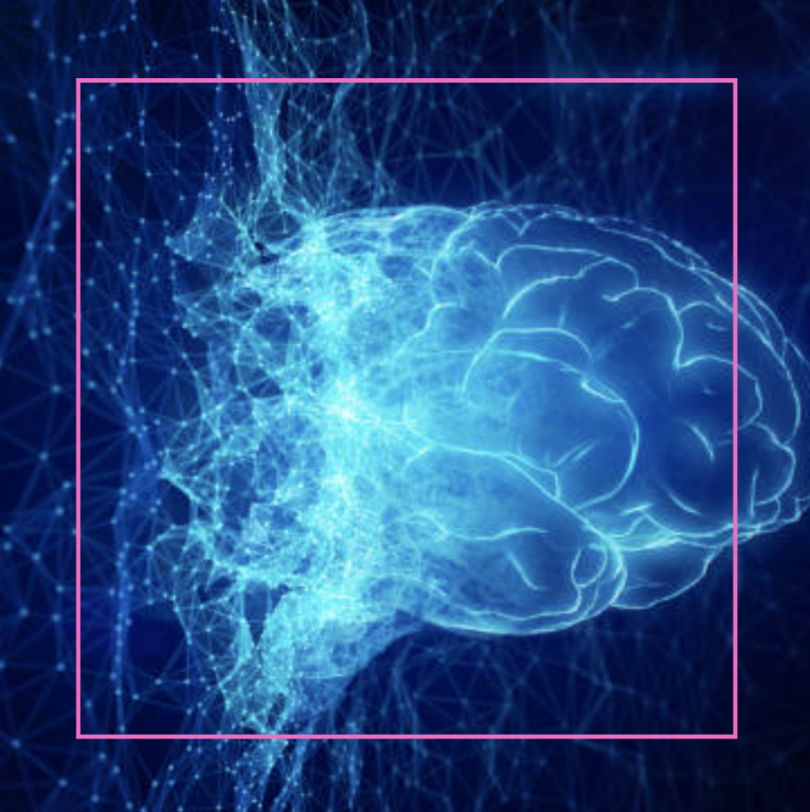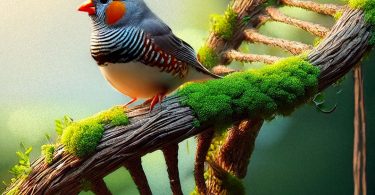The intestinal microbiota contributes to brain aging via an AGE, an advanced glycation endproduct.
The discovery of the interactions between the intestinal microbiota, made up of the countless microorganisms of the digestive tract, and the brain is probably one of the major recent discoveries. Some speak of the intestine as a second brain.
A recent study reveals the role of the gut in neurological dysfunction associated with aging (1).
At the heart of this mechanism, CML (CarboxyMethylLysine), an AGE (Advanced Glyation Endproduct).
The hypothesis would be that the aging intestinal microbiota, by altering the permeability of the digestive system, would allow AGEs to infiltrate through the body, including as far as the brain…
To be continued.
© Age Breaker 04 2022
More on www.agebreaker.com
#agebreaker #glycation
(1): O. Mossad et Al. Gut microbiota drives age-related oxidative stress and mitochondrial damage in microglia via the metabolite N 6 carboxymethyllysine. Nat Neurosci. 2022 Mar;25(3):295-305. Doi: 10.1038/s41593-022-01027-3.









